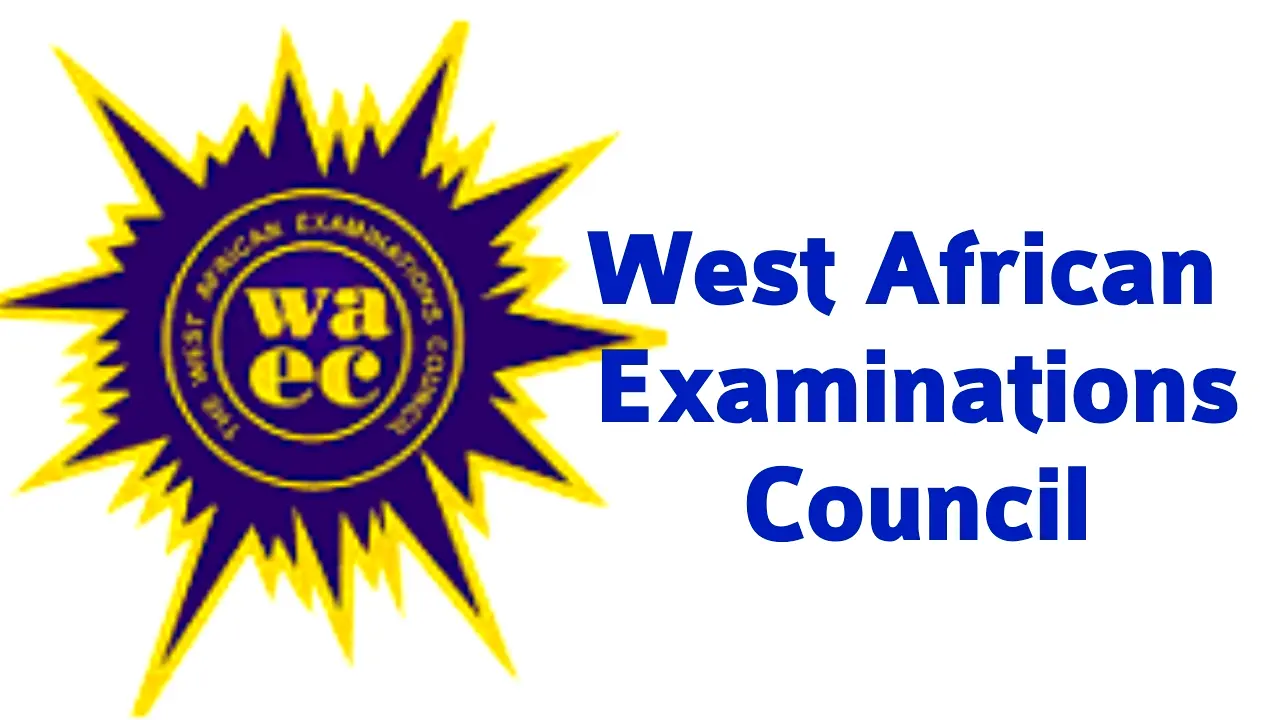The WAEC syllabus for Basic Electronics is the topic you must study to sit for the examination. It contains the aims and objectives, notes and format for the Basic Electronics exam.
Studying the Basic Electronics syllabus is necessary for your exam preparation. It will serve as a guide for you to know the topics to read. There are also notes on concepts you should pay attention to learning.
Exam preparations without using the Basic Electronics syllabus are like going to the farm without your agricultural tools. You will end up not being productive.
Ensure you begin your exam preparations using the syllabus.
This post contains the Basic Electronics syllabus and recommended textbooks of the West African Examination Council (WAEC).
Table of contents
- WAEC Basic Electronics
- Objectives
- Scheme of Examination
- Alternative to Practical Test
- WAEC Basic Electronics Syllabus
- Electron Emission
- Measuring Instruments
- Semiconductor
- Semiconductor Diodes
- Transistors
- Other Semiconductor Devices
- Integrated Circuits
- Circuit Analysis
- Electric Current
- Relationship Between Voltage, Current and Resistance
- Electric Power
- Circuit Components
- Electric Circuit
- Alternating Current Circuits
- Power in A.C. Circuits
- Amplifiers
- Power Supply
- Oscilators, Multivibrations and Digital Basis
- Communication Systems, Transducers and Sensors
- Control System
- Magnetic and Electric Fields, Electromagnetic Induction/Transformeers
WAEC Basic Electronics
The syllabus is intended to equip candidates with a broad understanding of the technology of manufacturing, maintenance and repair of domestic and industrial equipment.
It will also offer candidates sufficient knowledge and skills to form a valuable foundation for an electronics-related vocation or pursue further educational qualifications.
Candidates will be expected to cover all the topics.
Objectives
The objective of the syllabus is to test candidates’
- knowledge and understanding of the basic concepts and principles of electronics;
- ability to use simple electronic devices to build and test simple electronic systems;
- problem-solving skills through the use of the design process;
- preparedness for further work in electronics;
- knowledge in entrepreneurial skills and work ethics.
Scheme of Examination
There will be three papers, Papers 1, 2 and 3, all of which must be taken. Papers 1 and 2 shall be composite papers to be taken in one sitting.
PAPER 1: Will consist of fifty multiple-choice objective questions all of which are to be answered in 1 hour for 50 marks.
PAPER 2: will consist of seven short-structured questions. Candidates will be required to answer any five in 1 hour for 50 marks.
PAPER 3: This will be a practical paper on two experiments both of which are to be carried out by candidates in 3 hours for 100 marks.
Alternative to Practical Test
Alternatively, in the event that materials for the actual practical test cannot be acquired, the Council may consider testing theoretically, candidates’ level of acquisition of the practical skills prescribed in the syllabus.
For this alternative test, there will be two compulsory questions to be answered within 2 hours for 100 marks.
WAEC Basic Electronics Syllabus
Electron Emission
- Types of electron emission
- Application of electron emission
Measuring Instruments
- Concepts of measuring instrument
- Principles of operation and protection of measuring instruments
Semiconductor
- Concepts of semiconductor
- Semiconductor materials (silicon, germanium etc.)
- Doping
- Formation of p-type and n-type semiconductors.
Semiconductor Diodes
- Concept of diodes
- Biasing of diodes
Transistors
- Concepts of transistor
Other Semiconductor Devices
- Thermistor, diac, triac and thyristor, etc
Integrated Circuits
- Circuit symbols
- Principles of operation
- Applications
Circuit Analysis
- Application of integrated circuits
- Explanation of RAM, ROM and EPROM
Electric Current
- Structure of atom
- Conductors and insulators
- Direct and alternating current
- Sources of direct current
- Sources of alternating current
Relationship Between Voltage, Current and Resistance
- Current, voltage and resistance.
- Ohm’s law
- Simple calculation of current, voltage and resistance.
Electric Power
- Concept of electric power
- Relationship between power, current and voltage.
- Other formulae for finding electrical power
- Calculation of electric power in a given circuit
Circuit Components
- Types of resistors, capacitors and inductors
- Symbols, signs and unit of measurement
- Colour coding and rating of resistors and capacitors
Electric Circuit
- Electric circuit
- Circuit boards
- Circuit arrangement: series, parallel, series-parallel
- Calculation on the circuit arrangement
Alternating Current Circuits
- R-L-C circuits
- Generator Principles
Power in A.C. Circuits
- Qualitative and quantitative treatments of
- Power and power triangle
- Power factor and its correction
- Advantages and disadvantages of power factor correction
- Calculation of power factor
- Q-factor and bandwidth
Amplifiers
- Voltage amplifiers
- Power amplifiers
- Push-pull amplifiers
- Operational amplifiers
Power Supply
- D.C. Power Supply Unit
- Rectification
Oscilators, Multivibrations and Digital Basis
- Oscillators
- Multivibratorsn(non-sinusoidal)
- Principles of operation and applications
- Digital basics
- Number system
- Logic gates(combinational)
Communication Systems, Transducers and Sensors
- Electromagnetic waves.
- characteristics of radio waves
- Principles of radio waves
- Stages of radio receiver
- Fault detection in radio receiver
- Transmitters and receivers
- Methods of Communication
- Transducers and Sensors
- Acoustic transducer
Control System
- Servo Mechanism
Magnetic and Electric Fields, Electromagnetic Induction/Transformeers
- Electromagnetic field
- Electromagnetic induction
- Self and mutual induction
